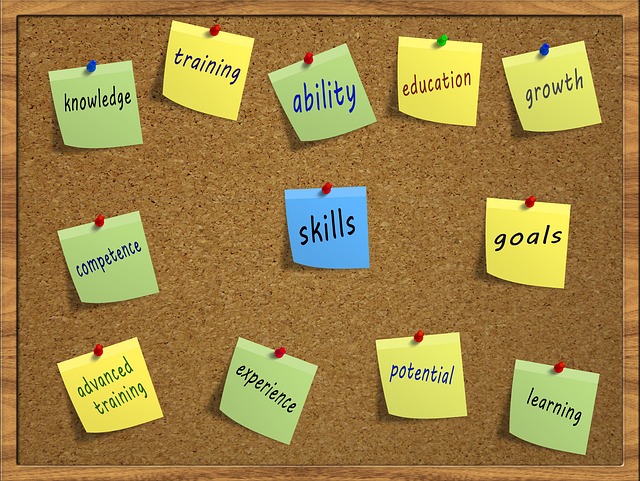
Email Segmentation for Customer Retention: Strategies that Work
In the ever-evolving landscape of Software as a Service (SaaS), customer retention stands as a critical pillar for sustainable growth. Among the myriad strategies available, email segmentation emerges as a powerful tool. This article provides a comprehensive analysis of the key factors impacting customer retention strategies, with a focus on effective email segmentation techniques that work wonders for SaaS businesses.
Unleashing the Power of Email Segmentation
1. Personalized Communication
Email segmentation allows SaaS businesses to send targeted and personalized messages to different customer segments. By understanding customer behavior, preferences, and engagement patterns, personalized communication becomes a catalyst for fostering stronger connections and loyalty.
2. Behavior-Based Campaigns
Segmentation based on user behavior enables SaaS marketers to create tailored campaigns. Whether it's acknowledging recent activity, re-engaging inactive users, or encouraging upsells, behavior-based email campaigns resonate more effectively, increasing the likelihood of customer retention.
3. Lifecycle Stage Targeting
Every customer is at a different stage in their journey. Email segmentation based on lifecycle stages—such as onboarding, active usage, or churn risk—ensures that customers receive content and offers that align with their current needs. This targeted approach enhances customer satisfaction and retention.
Key Factors Impacting Customer Retention Strategies
1. Data Accuracy and Integration
The effectiveness of email segmentation hinges on accurate and integrated customer data. Ensure that your data is up-to-date, accurate, and seamlessly integrated across your systems. The more precise your data, the more impactful your segmentation efforts will be.
2. Segmentation Criteria Selection
Choosing the right segmentation criteria is crucial. Whether it's demographics, behavior, or preferences, the criteria should align with your business goals and customer characteristics. Regularly review and refine your segmentation criteria to adapt to changing customer dynamics.
3. Testing and Optimization
A/B testing is a valuable tool for optimizing your email segmentation strategy. Experiment with different segmentation approaches, messaging, and timing to identify what resonates best with your audience. Continuous testing and optimization ensure that your strategies remain effective over time.
Considering the Impact on Decision-Making
When incorporating email segmentation into your customer retention strategies, consider the broader impact on decision-making processes within your SaaS business.
1. Resource Efficiency
Email segmentation optimizes resource allocation by tailoring efforts to the most impactful segments. This efficiency not only improves the return on investment but also ensures that your team's efforts are focused on retaining the most valuable customers.
2. Brand Consistency
Consistency in brand messaging is vital. Email segmentation ensures that the right message reaches the right audience, aligning with their expectations and preferences. This consistency contributes to a positive and coherent brand image, fostering trust and loyalty.
3. Competitive Advantage
In a competitive SaaS landscape, customer experience is a key differentiator. Email segmentation gives your business a competitive advantage by providing a superior, personalized experience. This sets the stage for increased customer loyalty and retention.
Conclusion
Email segmentation is not just a marketing tactic; it's a strategic approach to customer retention in the SaaS industry. By leveraging the power of personalized communication, behavior-based campaigns, and lifecycle stage targeting, SaaS businesses can fortify their customer retention strategies and build lasting relationships.
For more insights and actionable tips on implementing effective email segmentation for customer retention in your SaaS business, stay tuned for our upcoming webinars and resources. Let's elevate your customer retention game and pave the way for sustained growth.